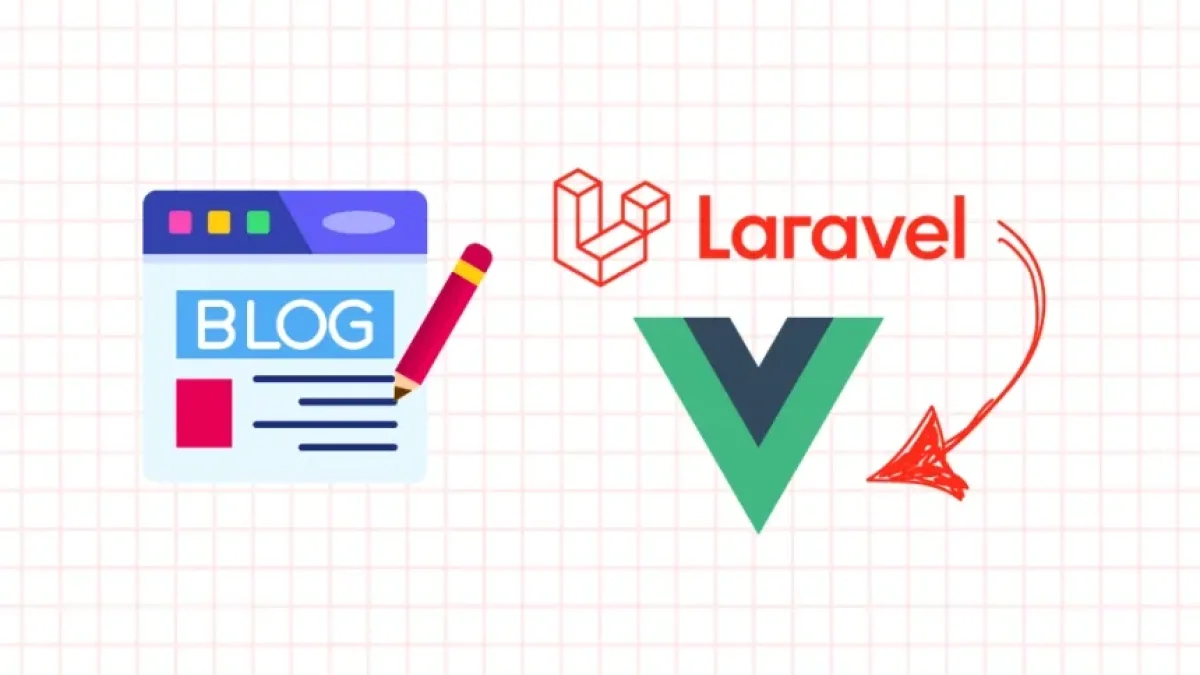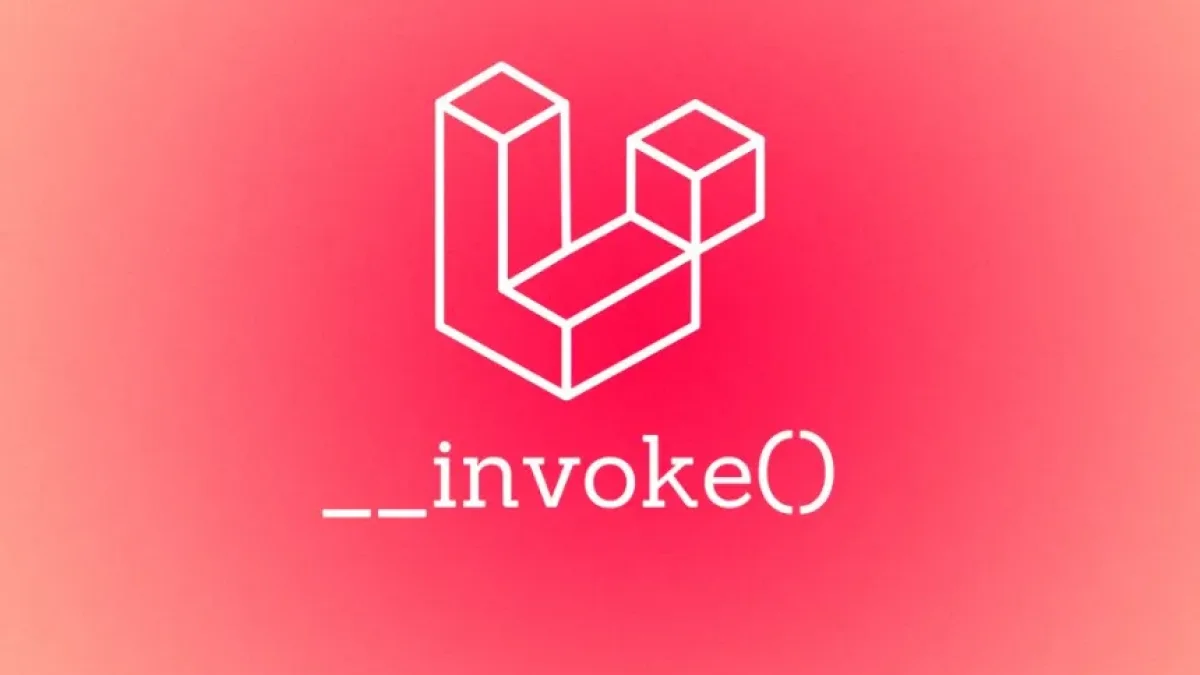Start with Event Sourcing in your Laravel applications.


In the world of software development, it is crucial to have methodologies that facilitate the maintenance and scalability of applications. One of the techniques that is gaining popularity is Event Sourcing. In this article, we will explore how to implement Event Sourcing in your applications built with Laravel, a widely used PHP framework.
What is Event Sourcing?
Event Sourcing is an architectural pattern that stores the state of an application as a sequence of events, rather than just saving the current state. Each event represents a change that has occurred in the application, allowing for a detailed tracking of the state history. This approach not only provides complete auditability but also makes it possible to reconstruct the application state at any time.
Benefits of Event Sourcing
Adopting Event Sourcing in Laravel can offer several advantages:
- Auditability and Traceability: With event storage, you will have a complete record of what happened in your application, which is useful for audits.
- Decoupling: Event Sourcing allows different parts of the application to listen and react to events, facilitating a more modular design.
- Reproducibility: Since all changes are recorded as events, you can rebuild the state and replicate past scenarios for testing or debugging purposes.
- Scalability: By focusing on events, applications can be designed to handle high workloads without affecting performance.
Implementing Event Sourcing in Laravel
Step 1: Install Required Packages
To begin working with Event Sourcing in Laravel, it's advisable to use packages that facilitate its implementation. One of the most well-known is laravel-event-sourcing by Spatie. To install it, simply run the following command in your terminal:
Read also
composer require spatie/laravel-event-sourcing
Step 2: Project Configuration
Once installed, you will need to perform some basic configurations. Start the process by generating the configuration files:
php artisan vendor:publish --provider="Spatie\EventSourcing\EventSourcingServiceProvider"
This will generate a configuration file that you can adjust according to your application's needs.
Step 3: Create Events
The next step is to create the events that will be used in your application. You can do this by running the following command:
Read also
php artisan make:event YourEventName
This will create a new event in the appropriate directory. Remember that each event should contain specific information about the change it represents.
Step 4: Configure Projections
Projections in Event Sourcing are parts of your application that listen and react to the generated events. You can set up their respective classes and methods to get the data you need at any given moment.
Step 5: Test and Deploy
Finally, once you have configured the classes and events, it is vital to conduct thorough testing to ensure everything is working correctly. Use Laravel's tools to perform unit and functional tests before launching the application.
Conclusion
Starting to use Event Sourcing in your Laravel applications may seem like a challenge, but the benefits and potential it offers are significant. With proper implementation, you can enjoy a more robust and maintainable system, where each action is recorded in a clear and accessible manner.
For more information and articles on similar topics, I invite you to keep exploring my blog. Come back to discover more about development and technologies!



















